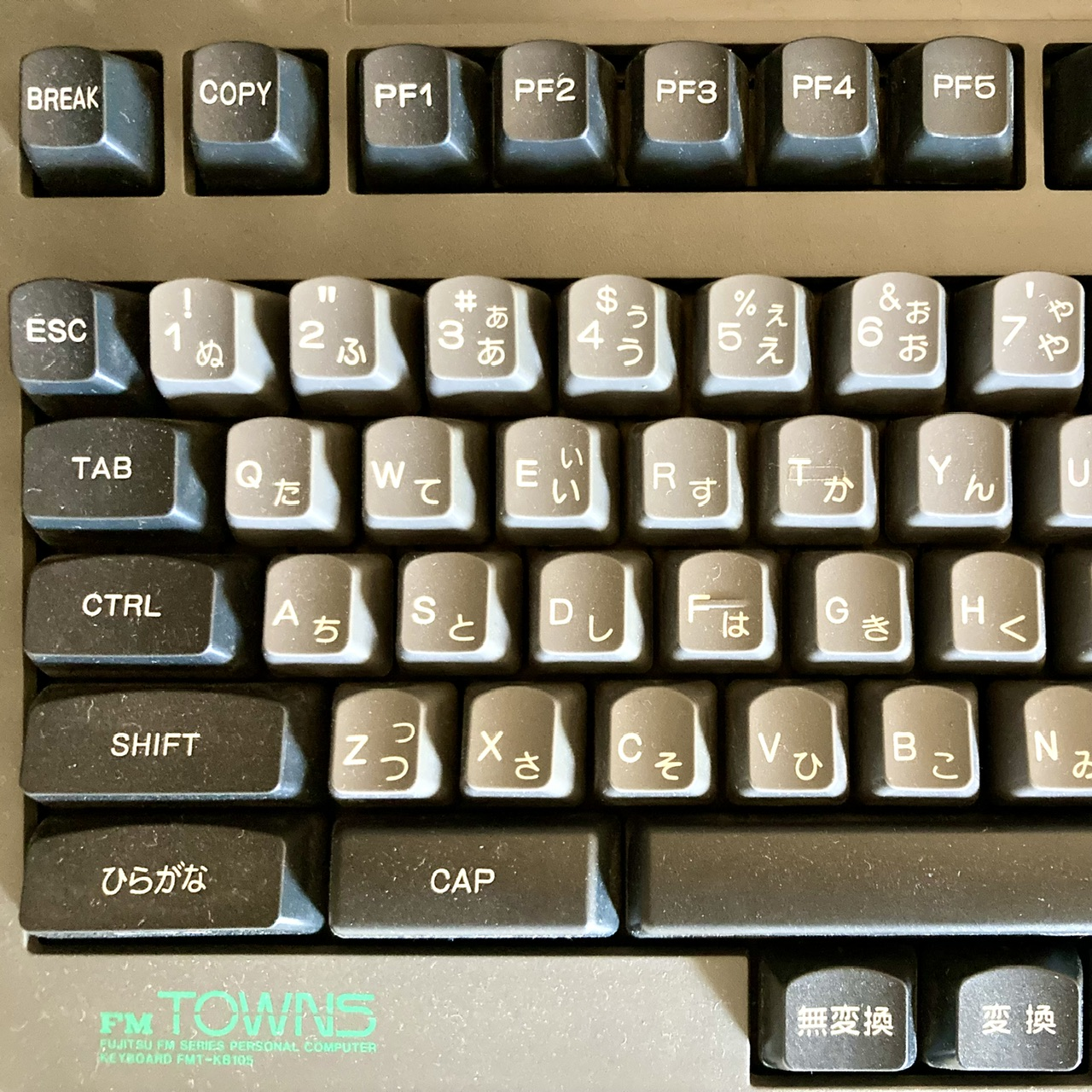

I recall someone in #chemistry (on freenode) talking about measuring detergent. He could have been a nutter, but stressed the importance of measuring the right amount, saying get a scale and weigh it according to the manual.
The manual for one of my machines is shit… says look at the program table for detergent amount - then it’s omitted from the table. But what was useful was the manual said what the numbers meant. The lines marked “15” and “25” are for 15cm³ and 25cm³. The brim is 40cm³ and the prewash cup is 5cm³. Those are volumes, not weight. So I calculated the weight I needed at one point and IIRC it turned out that 15g of powder came out to 15cm³ (lucky me!). I don’t recall how I figured out that I needed 15g.
Anyway, these are the variables that influence the amount of detergent to use:
- load size (some manuals make that a factor, but it’s unclear why because it’s always the same amount of water in the tub. The guy in #chemistry seemed to think it was important)
- water hardness
- program selected (I have ~6 or so programs plus a ½-load button, so effectively 12; some have a prewash cycle, some not)
- type of detergent
Some of the short programs imply that slow solving detergents (tablets) should be avoided.
I still have not figured out what the ½-load button really does. Manual just says press it if you have less than half a load to save on water and power. That’s it. WTF? So I asked the manufacturer and they repeated the same useless answer, but said fill only 1 rack. WTF… which rack? I wanted to know what the ½-load button actually changed the program so I could use it wisely. How does the machine know which rack I chose? I think the “load only one rack” answer from the manufacturer is bullshit. I’ll probably sprawl out my partial loads. The manual should be telling people how much water is used with this setting. I have no idea how it saves on energy since the program choice dictates a fixed water temp. Maybe it just comes down to the fact that it has less water to heat. In any case, I should probably use less detergent on partial loads but the manual doesn’t give the calculation or even enough info to be able to calculate it.
Too much detergent → etching (and waste of detergent)
Too little detergent → repetition needed, which wastes water, energy, and detergent
If you don’t care about etching, then using too much is probably not a big deal.









Some detergents say “septic safe” on the container. My folks bought the cheapest option which did not say one way or another, so I had to call the supplier, who then said it was septic safe. It’s a shame that in the 2020s we still don’t have transparency on what we buy.